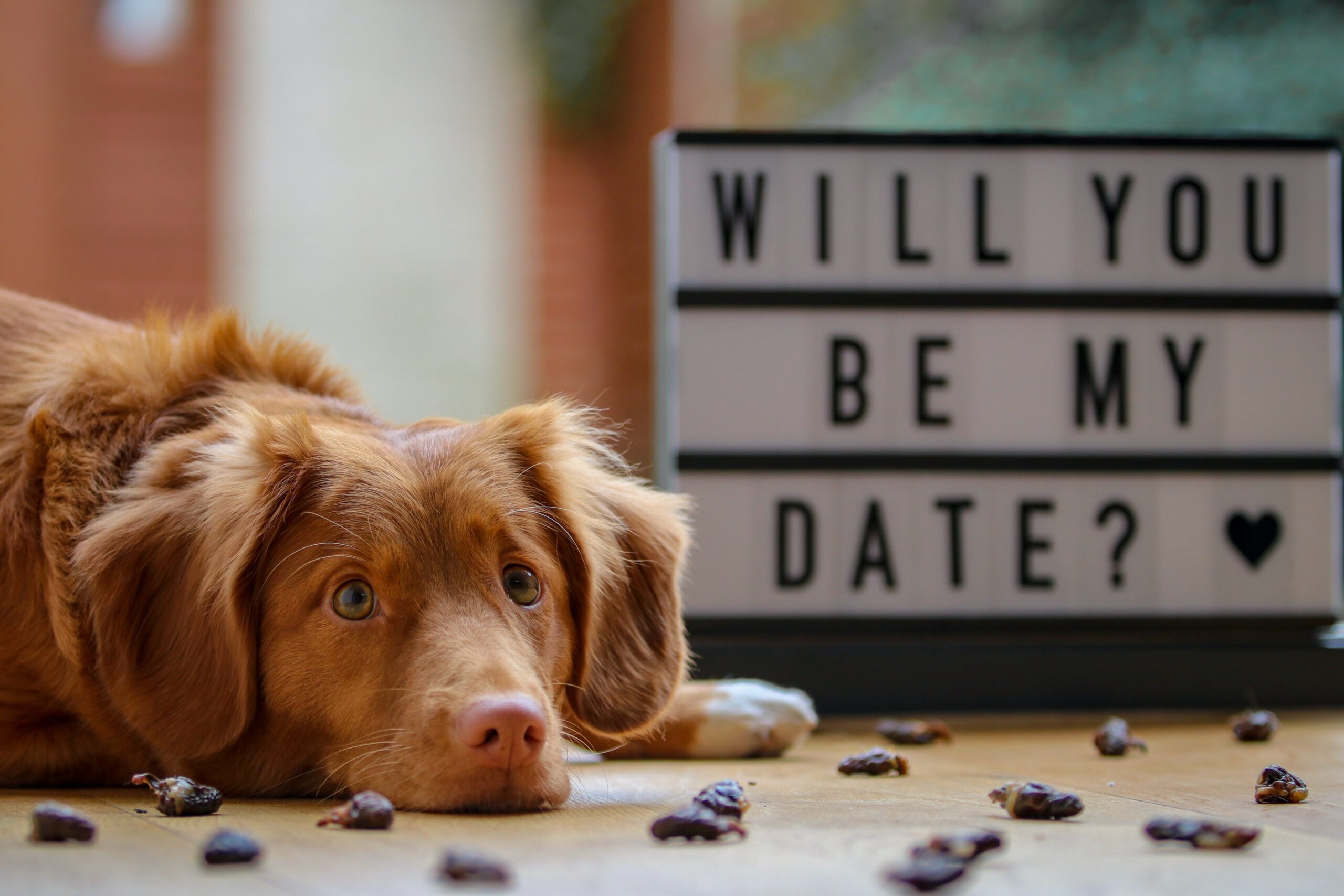Introducing a puppy to the older dog

Introducing a puppy to the older dog
Jealousy and resentment over a new sibling happens with pets too – but can be avoided with a proper plan. Getting a new puppy is a big decision, and an even bigger one if there’s already a dog in the family who thinks the house is all his. In this article we will dive into introducing a puppy to the older dog of the house and ways you can be more successful.
“Oh but he deserves a buddy!” you might say. It’s a nice sentiment, but your older dog is probably not as gung-ho as you about the idea of sharing his home. Introducing a new dog – especially a feisty puppy – to an older dog is tricky to say the least. But with these timer-tested tips, that transition can be smooth and hopefully lead to a long relationship of canine BFFs.
Make sure first
As tempting as a fluffy new puppy is, there are no guarantees your new dogs will hit it off. So think this decision through carefully. If your current pooch already displays territorial or anti-social behaviour with other animals, you may want to hold off.
Take note of breeds and sizes (eg. some terriers are bred to hunt little vermin; so maybe not a good fit for a tiny rambunctious puppy). Also consider that, statistically, male dogs will bond better with females. There’s a lot to consider before taking the puppy plunge.
Find a neutral location
The first meeting should ideally take place in a spot where neither dog has territorial connection. A park (preferably gated, quiet, and spacious) is a great introduction location. A public tennis court can be helpful with its net acting as a barrier for safe sniffing. If a park isn’t available, a friend’s house – free of both their usual smells – can work for the big first date.
Deliver the dogs apart
It’s best to enlist a friend for this important first meeting. Walk or drive each dog separately to keep things on equal terms. An older dog can feel aggressive if seeing a newbie come first. Think of it as a boxing match (without the boxing) where the athletes come out at the same time, from different corners of the arena.
Keep leashes slack
Both dogs should be on leashes the first time together. Make sure their leashes are loose enough for exploring and comfort. A tight, taut leash can signal and lead to anxiety and frustration. Reward non-aggressive behaviour with treats (for both dogs, of course!)
Recognize body language
Growling, circling, sniffing, and even urinating are normal dog behaviours when dogs first meet. But you should intervene if aggression crosses the line. Watch for direct and intense stares, excessive growling, tails between legs, and raised paws. Take a time out and try again.
Walk the walk
The next natural step is taking the dogs for a walk together. Again, grab a friend or family member to walk the other, and trade dogs a couple of times to keep the air neutral. Always keep a buffer distance between the two. Try walking the older dog in front first, then try the puppy as the lead. Ultimately you want both walking side by side if feelings are positive.
Organize the older dog’s stuff
Before you move your furball into the tricky home turf, remove the resident dog’s things or organize them into one space. This will reduce tension greatly, especially if the bouncy puppy is prevented from messing with the older dog’s favourite blanket, toys, and food bowl.
Take the dogs home separately
Now that the house is cleared of the resident dog’s possessions, bring your new puppy home to explore by herself. Have your buddy take the older dog for a long walk while the newbie aquaints herself with her new digs. It’s important to remove clutter from the home and present an open, unthreatening atmosphere.
Gates do good
A baby or doggie gate is highly recommended to initially separate the dogs during their first time home together. Observe behaviours through the gate’s barrier and reward positive reactions with verbal praise. If one dog just won’t calm down, remove him to another room for a break. When interactions fall into nice behaviour, remove the gate for some exploration and play time.
Beds and Bowls in Different Places
If there’s anything dogs (and even us humans) are protective of, it’s sleeping and eating routines. Make sure you provide separate beds and different food stations. After a couple of weeks, you can try feeding the dogs in the same room and moving the bowls closer and closer. It’s recommended you stick to the feeding schedule of the resident dog to avoid stress and conflict.
Beds and bowls in different places
If there’s anything dogs (and even us humans) are protective of, it’s sleeping and eating routines. Make sure you provide separate beds and different food stations. In some cases dogs will guard their food from other dogs which can lead to aggressiveness. Having different areas for feeding can ensure this doesn’t happen.
After a couple of weeks, you can try feeding the dogs in the same room and moving the bowls closer and closer. It’s recommended you stick to the feeding schedule of the resident dog to avoid stress and conflict.
Don’t punish frustration
Growling and snapping are normal ways to communicate for dogs. We want them to express their emotions (see above for when aggression should be handled). Punishing dogs for growling is counter-productive, especially for a puppy who is navigating social behaviour for the first time.
Be patient
Like any big life change, there will be good and bad days. But routine and patience will pay off. Introduce new things (like toys) gradually, and give equal attention to both siblings.
On average, it will take the original dog four to eight weeks to accept the change is permanent and the little one is here to stay. It can take up to between six and ten months for the dogs to finally settle into a bonded and friendly relationship. While it takes time for positive relationships to flourish between pets, eventually it will all be worth the wait!






